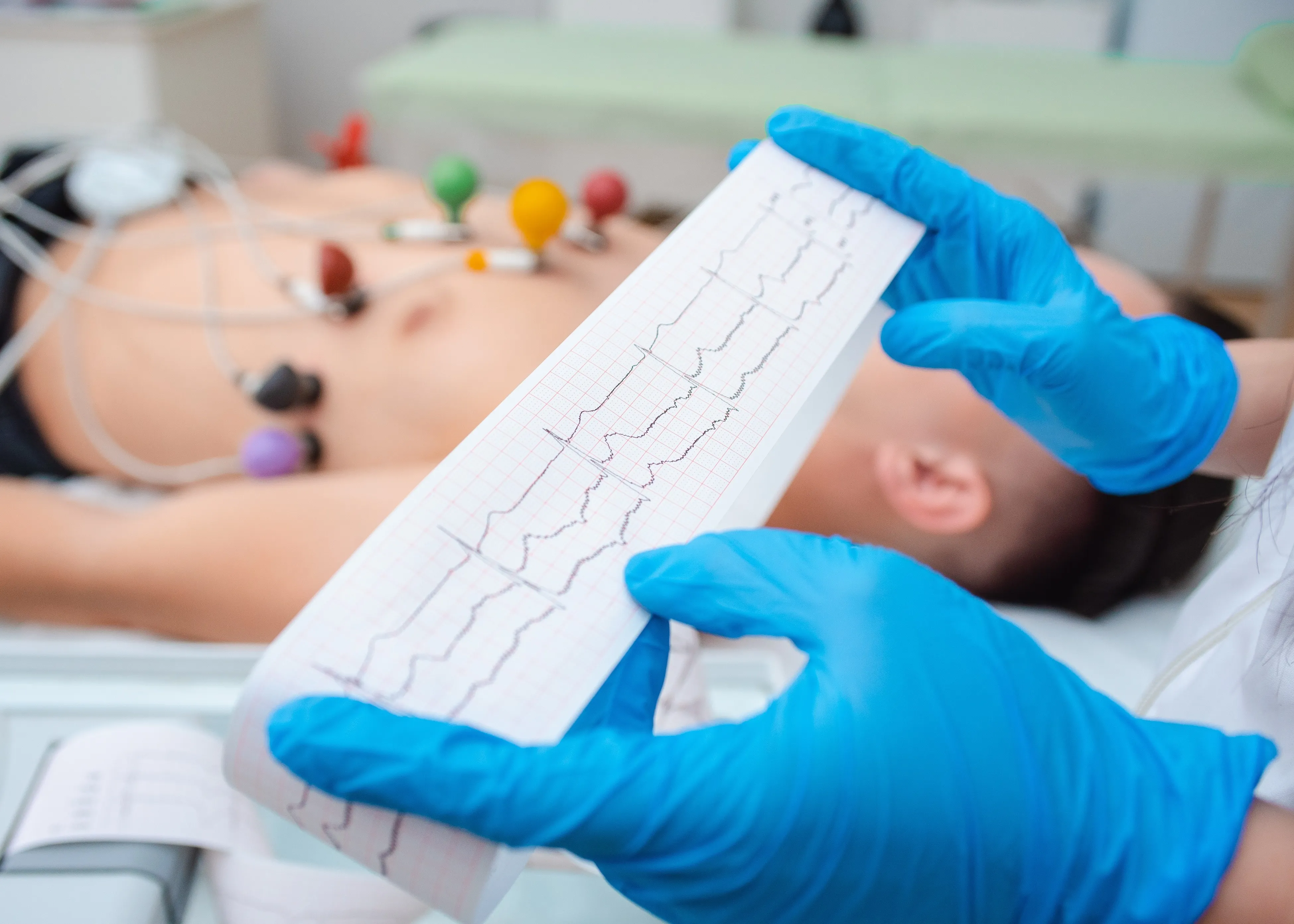12 Lead EKG
Quick and Accurate Cardiac Insights with 12 Lead EKG
The 12-lead electrocardiogram, or EKG, is a crucial diagnostic tool used to evaluate the electrical activity of the heart. This non-invasive test is often one of the first steps in assessing symptoms such as chest pain, palpitations, dizziness, or shortness of breath. By placing electrodes at strategic points on the body, the EKG captures comprehensive data from multiple angles of the heart.
How the 12 Lead EKG Works to Monitor Heart Health
During the test, 10 small electrodes are placed on the limbs and chest. These electrodes detect electrical signals generated by the heart as it beats. The EKG machine interprets these signals and creates 12 distinct waveforms—each representing a different angle of the heart’s activity. These waveforms are printed or digitally recorded and analyzed by a clinician. The entire process takes only a few minutes, and patients may remain fully clothed with minor adjustments for electrode placement.

This test helps detect early signs of heart disease and monitor known conditions with speed and reliability.

What does a 12 Lead EKG detect?
It can detect arrhythmias, heart attacks, structural heart issues, and other abnormalities.
Is the test painful or risky?
No, it’s completely painless and does not involve radiation or any invasive methods.
How long does a 12 Lead EKG take?
The procedure typically takes under 10 minutes from start to finish.
When should someone get an EKG?
It’s recommended for anyone experiencing chest pain, shortness of breath, or irregular heartbeat, and for routine heart health screening.




